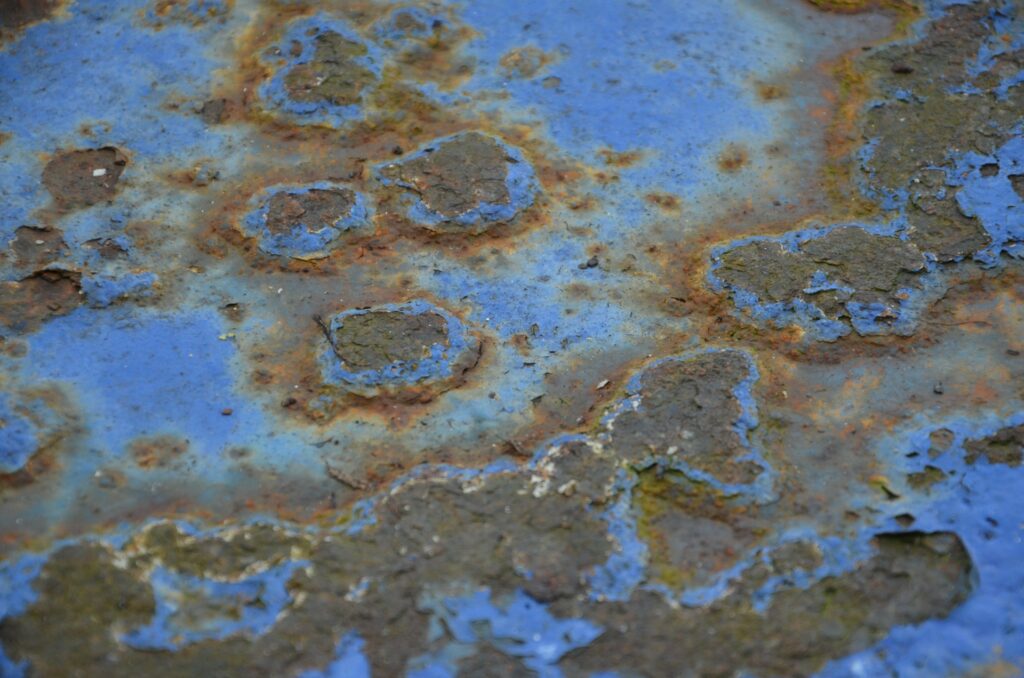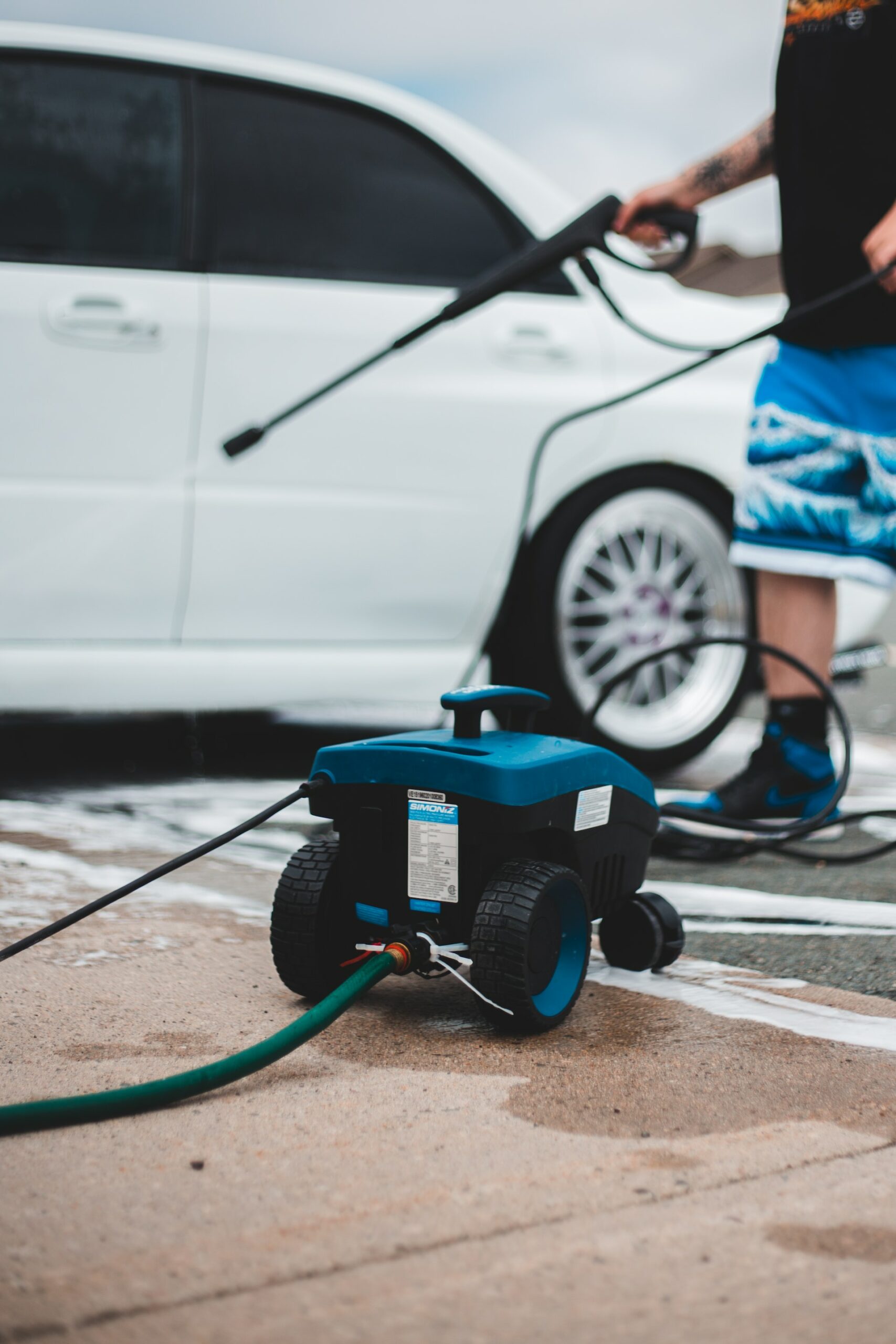Anyone who owns a car knows just how annoying rust can be. The plague of rust isn’t specific to cars though. Caused by metals being exposed to moisture, rust is inevitable for any metal. Some tools, such as knives, can live long lives without rust. Others, like wrenches, can have their functional lifespan reduced by rust and neglect.
Just because your metal possession turns a little red, doesn’t mean all hope is lost. With proper treatment, you can have it looking like it was bought yesterday.
How to Remove Rust with Common Household Items
Removing rust doesn’t have to require industrial-strength acids being used in your home. Instead, we’re going to treat the rust using items you may already have in your home.
Baking Soda
Baking soda, one of the most versatile staples of every kitchen, saves the day.
To begin, take your metal object and get it thoroughly wet with cold water (don’t use hot water since hot-water solutions can cause corrosion). Once wet, pour an even coat of baking soda over the metal, shaking it lightly to remove any excess. Combined with water, the baking soda should stick to any rust spots and form a thick paste. If you prefer, you can combine the baking soda and water in a bowl and spread the paste on the metal. Let sit for at least five minutes or up to an hour.
Next, grab something to scrub with. A coarse sponge, brush, or steel wool will work fine. Proceed to scrub away at the rust, applying moderate pressure. After a few minutes of scrubbing and depending on how long the mixture sat on the surface, the rust should scrub right off.
Pro Tip: This method is best used for objects with light or small patches of rust. However, it’s important to note that this method is also a bit energy-intensive; you’re gonna need some elbow grease to get the job done.
Vinegar
Vinegar is another useful thing you can find in your kitchen. This is also one of the easier ways to restore rusty metal objects to their former glory.
Start by filling a container large enough for the rusty object with white vinegar, submerging the object completely. While you should let it soak for a minimum of 30 minutes, it’s suggested to allow up to 12 hours of soaking time overnight. Depending on the severity of the rust and how long you let it soak, the vinegar bath should have loosened the rust to the point that it should peel off without too much effort. Like before, a brush or coarse sponge should do the trick.
Pro Tip: Because of its long soak time, you should try to soak multiple objects at once rather than one at a time to save time and energy. If the rust is extra stubborn, you can use the vinegar method, rinse the objects, then apply the baking soda method above afterward.
Lemon Juice and Salt
Citric acid is a useful substance for getting rid of rust. Mixed with the grittiness of salt, you’ll have a great solution for giving rusty old tools and implements a new shine.
In a small container, mix equal parts lemon juice and salt. You don’t need a lot, so don’t worry about how much there is. Take a coarse sponge or steel wool and soak it in the mixture thoroughly. Once it’s soaked through, scrub away at any rust spots until you’re confident the rust has been fully saturated. Leave the mixture to set on the rust for up to three hours; for light rust, you could get away with needing only 15-30 minutes. Once you’re satisfied, give the object a quick water rinse and dry thoroughly.
Pro Tip: If you don’t have lemon juice, lime juice or other sources of citric acid can be a good substitute. Just make sure to rinse the once-rusty object well afterward so no sticky residue remains.
Dish Soap and a Potato
Getting really into the weird methods here with this one, but I promise it works.
To start, cut a potato in half. You will want to cut it in a way that gives you the largest surface area of the potato. Next, coat the inside of the potato with dish soap. Put the potato on the rust spot with the dish soap sitting directly on top of the rust. You have a couple of options with this next part. If you want, you can just allow it to sit for some time or you can be proactive and scrub with the potato. Scrubbing is faster, but letting it sit will do the trick if you’re feeling lazy.
Pro Tip: The amount of time it takes may vary. The big downside to this method is you’re limited by potatoes. Ideally, this should only be used for smaller rust spots unless you own a potato farm.
WD-40
The king of versatility, WD-40 is excellent at removing rust. Especially on vehicles or anything with paint underneath. It’s also probably the easiest on this list.
Simply spray the WD-40 onto the rust spot and allow it to sit for 10-15 minutes. Afterward, scrub away with a rough sponge or soft steel wool. Like magic, the rust should come away quite easily. If you’re trying to remove rust from anything outside, such as vehicles, this would be the way to go.
Pro Tip: If you want the specialized option, you can get a gallon jug of WD-40 SPECIALIST® RUST REMOVER SOAK.
Giving Your Metal Tools and Surfaces a New Life
Rust is always annoying. But rust appearing doesn’t mean something is due to be replaced. Often, rust can be removed with a little work and elbow grease. Some items are better to try and prevent rust on though, like cars. Protective coatings will keep rust at bay much longer, so it’s worth considering investing in sealing your metal surfaces when you can.
Don’t let rust get you down. Just be sure to stay on top of it if it appears, and the work will be super easy. Or, if you need a hand keeping rust at bay, we’re happy to help you out.


